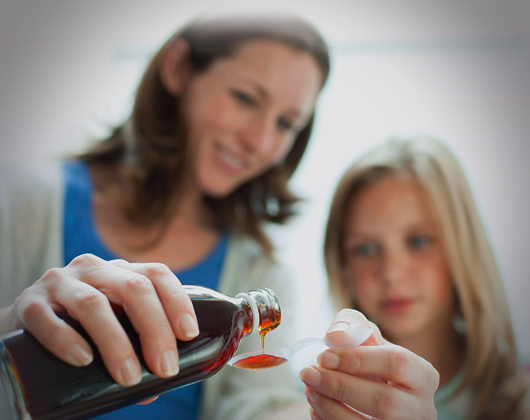Drug substances that are extremely bitter or have other aversive taste attributes are a common problem in drug development.
A key challenge is understanding how to effectively mask these taste properties in order to ensure patient compliance, especially if the end drug product is intended for pediatric and geriatric populations, who are not able to swallow conventional dosage forms such as tablets and capsules. This can affect drugs across all therapeutic areas and can be influenced by several factors including the chemical structure of the drug substance, solubility, and dose.
So, what is a drug developer supposed to do? Thankfully, there are very effective taste-masking strategies and techniques that drug developers may consider. We asked our Executive Director of Pediatric Services, Nazim Kanji, to share his knowledge on taste masking.
“Alternative taste assessment techniques can be used during drug product development in order to help understand the challenges associated with the bitter taste of drug substances and assist with the selection of dosage form and taste-masking strategy to improve patient compliance. These include human taste panels, analytical tools, and also animal models,” said Kanji.
“Taste assessment using human panels involves groups of healthy volunteers in a clinical setting tasting a drug with potentially unknown adverse taste characteristics, both alone and in combination with alternative flavors and sweeteners, and providing feedback on its taste and palatability. Then, formulations are developed with the goal of overcoming these challenges before a second taste assessment is conducted to confirm the palatability of the drug product,” Kanji said.
“A common in-vitro analytical tool to assess taste is the electronic tongue (e-tongue) which uses sensors that aim to imitate the action of molecules interacting with human taste buds. During the assessment, the formulation or API (active pharmaceutical ingredient) is evaluated against a reference material and the taste data generated are evaluated to determine palatability.”
“An animal model that is used for taste assessment is the rodent brief access taste aversion (BATA) model where the rodents lick patterns and frequencies are used to determine the palatability of the molecule."
“Taste assessment using a human panel is considered the most reliable method of characterizing taste of APIs or drug product formulations while correlations between human taste panel scores and e-tongue or BATA data can be difficult to achieve.”
Once the taste profile of an API has been determined, what are the next steps when it comes to designing a palatable drug product?
“There are quite a lot of choices when it comes to formulation options and taste-masking strategies, all of which are employed by our drug development experts here at Quotient Sciences,” Kanji said.
“For dose forms such as solutions, suspensions and powders for reconstitution, flavors, and sweeteners can be added in order to achieve appropriate taste masking, and complexing agents can also be utilized to prevent the drug molecule from interacting with the taste receptors.”
“For solid dose formats such as tablets, mini-tablets, and multiparticulates we can use coatings as a barrier to prevent API release in the mouth.”
As you can see, taste assessment and taste masking can be very important parts of the drug development process to ensure patient acceptability and compliance for achieving the desired therapeutic outcomes.
What taste-masking challenges are you currently experiencing with your API?
Contact us today to learn more.

